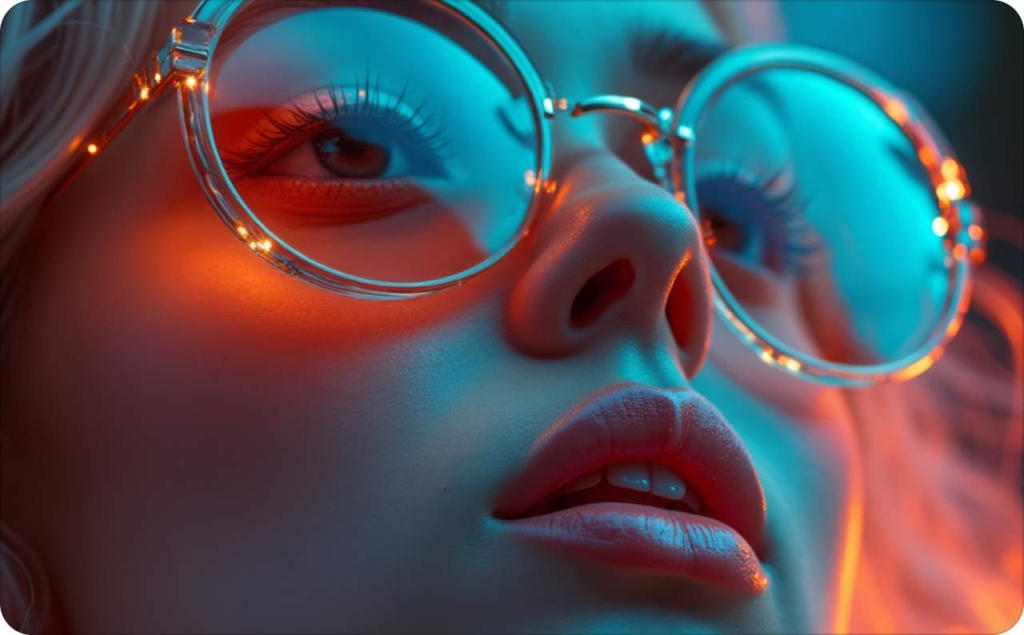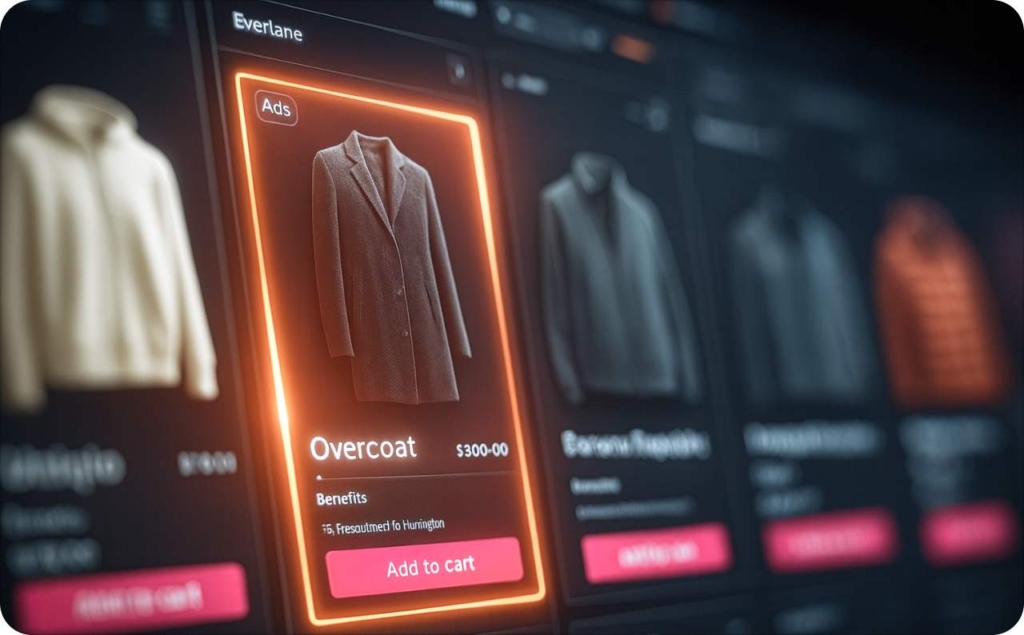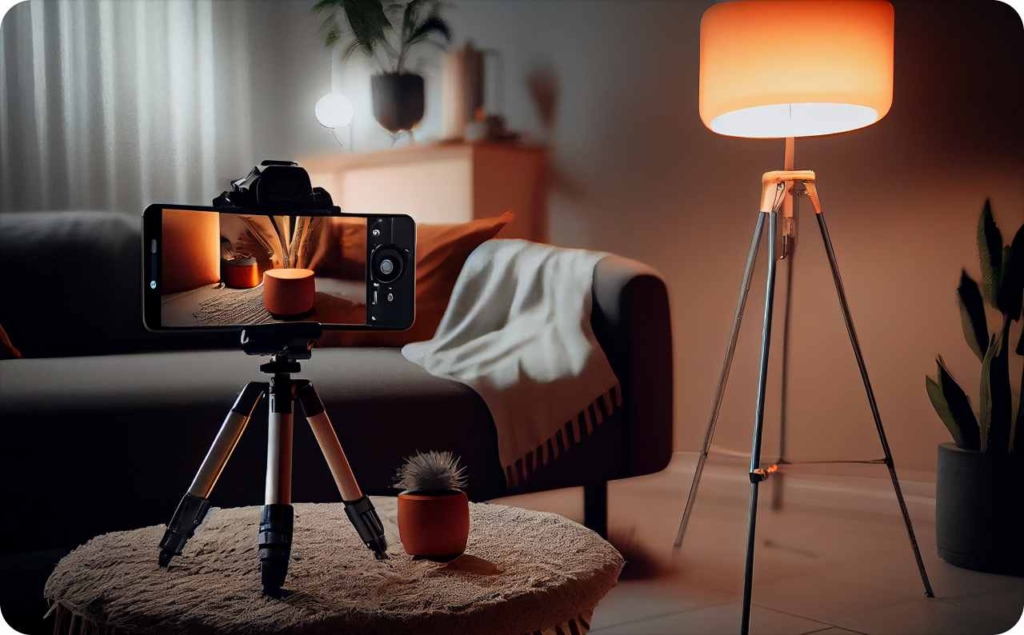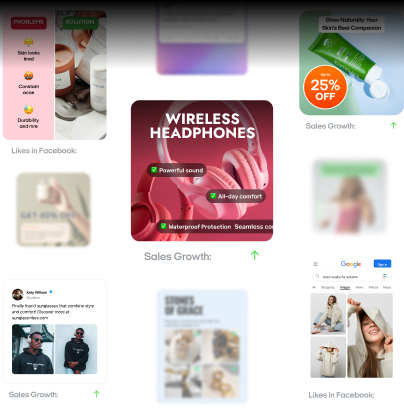UGC hooks that sell: 6 tips for pulling in more customers
What makes UGC ads truly convert? Zeely AI reveals six proven hook techniques that grab attention fast and turn casual viewers into loyal customers.
Many creators pour their hearts into a video, only to see viewers scroll by in seconds. This common challenge doesn’t reflect a flawed story — it reveals missed opportunities in those opening moments.
If that crucial window goes overlooked, even outstanding content can get lost in the fast-paced churn of social feeds. That’s why so many successful brands turn to UGC hooks: authentic openers that grab attention and make people want to keep watching.
In fact, according to HubSpot, consumers find user-generated content 9.8x more impactful than influencer content. It’s hard to ignore that level of influence, especially when platforms like TikTok, Instagram Reels, and YouTube Shorts thrive on fast, meaningful interactions.
A UGC hook isn’t just a flashy gimmick. It’s the first one to three seconds of your video that says, “Hey, this content is for you.” By focusing on authenticity, real-life experiences, and emotion-driven storytelling, you can boost click-through rates, lower cost-per-click, and strengthen overall engagement.
Think about the difference between a typical intro — “Welcome back to my channel” — and a scroll-stopper like, “Stop scrolling — I just discovered the easiest hack, and it actually works!” It’s easy to feel overwhelmed by endless content strategies, but UGC hooks don’t have to be complicated.
They just need to be authentic, timely, and genuinely engaging. By focusing on that initial spark, you’ll transform casual scrollers into active viewers, and maybe even loyal fans. Let’s dive in and see how far a few impactful seconds can take you.
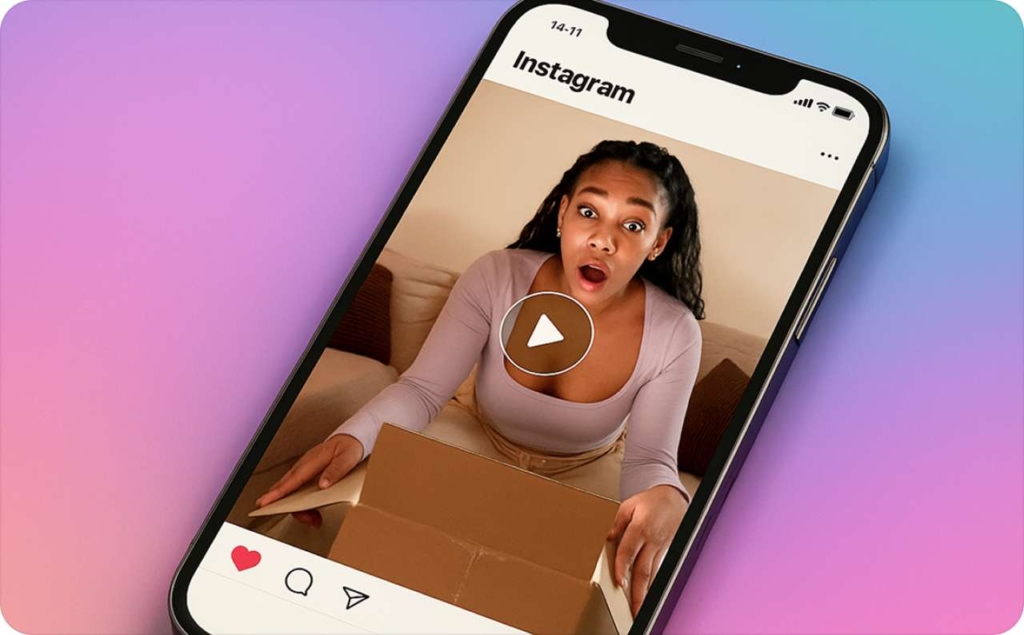
What are UGC hooks?
If you’re a brand, content creator, or marketer, you know the challenge of making short-form social videos stand out. That’s where UGC hooks can help. A UGC hook is the opening 1–3 seconds of a user-generated video that grabs attention, sparks immediate engagement, and sets the tone for deeper connection.
In today’s attention economy, speed matters. Platforms such as TikTok, Instagram Reels, and YouTube Shorts thrive on sensory cues like surprising movements or bright overlays.
These triggers disrupt autopilot scrolling, which helps you capture elusive viewer attention. And it’s not just about flashy visuals. Emotion, curiosity, and genuine authenticity all play critical roles.
A fitness influencer showing a dramatic before-and-after clip or an e-commerce brand highlighting a jaw-dropping product reveal can prompt viewers to think, “I need to see more.”
According to Forbes, The Thoughtful Strategist only showcases a few UGC campaigns in their portfolio, yet each one details how goals were set, executed, and achieved with precision. You don’t need endless examples to prove you understand digital marketing and social media marketing.
Instead, you need creative content hooks that deliver real outcomes. Documenting your approach, results, and methods can build trust — both with clients and the wider audience you’re aiming to captivate.
There’s also a powerful emotional payoff when you connect quickly. A great UGC hook isn’t just an opening; it’s an invitation to keep watching, exploring, and ultimately engaging with your brand.
Focus on authentic video intros and well-placed behavioral triggers so you can guide viewers toward that deeper relationship. After all, if you capture interest from the very first frame, you’re far more likely to see meaningful brand loyalty down the road.
Up next, you’ll discover types of UGC hooks that can spark conversions, increase viewer retention, and drive stronger engagement — no matter your niche or platform.
Types of UGC hooks
If you’re building your own brand or scaling content for clients, choosing the right hook in UGC video ads matters more than ever. Each hook style sets a different tone, draws on unique emotional triggers, and leaves viewers with a specific impression of your brand.
Some hooks rely on unusual visuals or calming sounds, others lean on creative transitions or quick problem-solving. By matching the right technique to your goals and audience, you can elevate even the simplest video into something memorable and profitable.
Sensory & ASMR hooks
There’s something mesmerizing about sounds and visuals that tap directly into our senses. ASMR video hooks do exactly that, often showcasing delicate whispers, subtle tapping, or the fizz and swirl of a freshly opened product.
Creators like Heather Feather have popularized this phenomenon on YouTube, where over 5.2 million ASMR videos cater to audiences seeking that distinctive “tingly” sensation.
For beauty, wellness, or food brands, the appeal is straightforward: show viewers how gentle and immersive your product can be.
Think of a teabag dipping softly into water, or a clay mask being smoothed onto skin in slow motion. To capture these moments effectively, a decent microphone and minimal ambient noise are key.
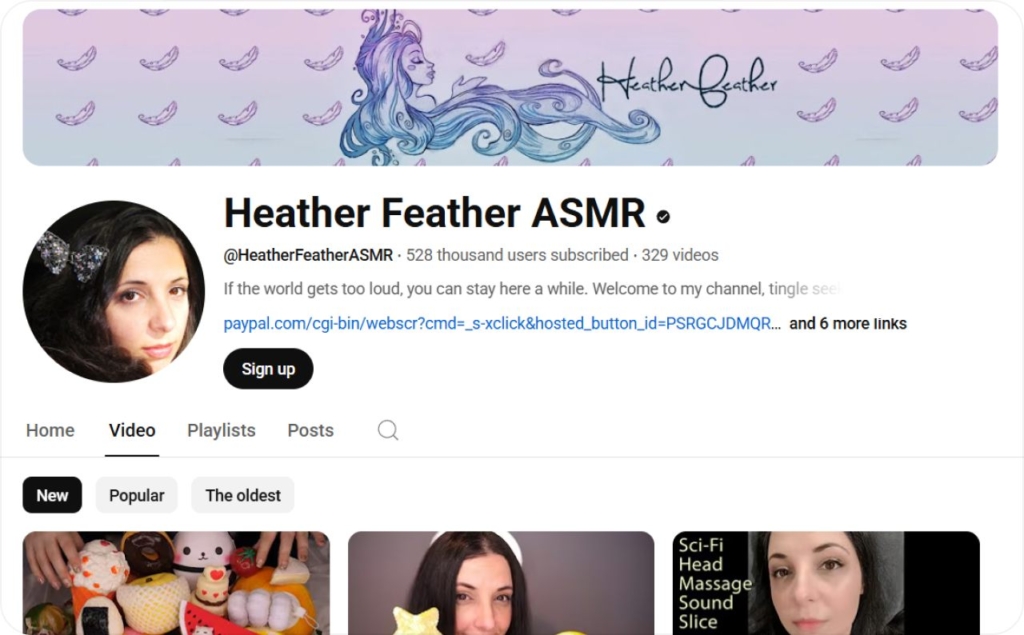
Photo source: Heather Feather ASMR channel
Bizarre visual hooks
If you want your audience to pause mid-scroll and think, “What on Earth did I just see?” then a bizarre visual hook might be your best friend. Imagine someone pouring cereal onto a laptop or slicing through a sneaker as if it’s made of cake.
These surprising visuals create an immediate sense of intrigue, sparking questions that make viewers stick around. One brand famously mastered this approach with its “Will It Blend?” series, using everyday but shocking props to demonstrate blender power.
While this strategy is perfect for tech gadgets, fitness gear, or other products that can handle humorous extremes, be careful not to stray too far from your brand identity.
If the shock factor doesn’t tie back to your message it can undermine trust. The beauty here is that it’s typically low-cost: a wild idea, a camera, and a quick shoot can be enough to turn heads and drive sales.
Green screen talking heads
Sometimes, you need a balance of relatability and professional flair. Green screen talking heads let you film a real person in front of any virtual backdrop — maybe a scenic vista, a dynamic product demo, or a branded graphic. This style works well for online courses, SaaS demos, and product showcases where viewers crave both a human touch and instructive visuals.
Keep in mind that polished doesn’t mean robotic. Authenticity is still king in user-generated content, so consider leaving in small signs of humanity — a genuine laugh, a quick aside.
While the technical setup can be more demanding, the payoff can be substantial. When done right, green screen segments boost credibility, viewer engagement, and even conversion rates if you overlay timely calls to action on-screen.
A gentle warning: if you overdo the production, it can lose that casual “UGC feel,” so aim for a sweet spot between realness and professionalism.
Problem-solution & social proof hooks
Few things grab attention faster than identifying a problem viewers immediately recognize and offering a solution right away. This style excels for health, beauty, software, or any industry where transformations and testimonials play a major role. A quick shot of “before” transitions seamlessly to “after,” and you show a real fix that’s achievable and convincing.
To make this even more persuasive, add social proof hooks such as short testimonials or user-submitted videos showcasing genuine results. A skincare brand might feature someone describing their journey from breakouts to clear skin in just two weeks, instantly reassuring onlookers that the product works.
The primary mistake here is belaboring the problem too long. Today’s audiences crave immediacy, so keep it concise: outline the pain point, show a fast fix, and highlight a successful outcome. This emotional payoff often leads to higher click-throughs and more conversion opportunities.
TikTok & trend-based hooks
Staying current with fast-moving trends can work wonders for brand visibility — especially on TikTok, where a single viral post can catapult your engagement. GoodFirms reports 17.1% of businesses spend most of their marketing budget on TikTok, underscoring how valuable trends have become.
If you spot a catchy dance, a hilarious sound bite, or a hashtag that’s blowing up, framing your content around it can feel incredibly natural to TikTok users. The risk lies in jumping on every trend without ensuring it fits your brand voice. If a challenge doesn’t align with your product or message, viewers will sense the disconnect.
By contrast, one company’s challenge succeeded because it tied directly into their menu offerings, making the brand look both on-trend and authentic. This approach works best for mass-market, lifestyle, or e-commerce brands that can quickly adapt to new memes or challenges. The payoff? Rapid engagement and a wide-reaching funnel of potential customers.
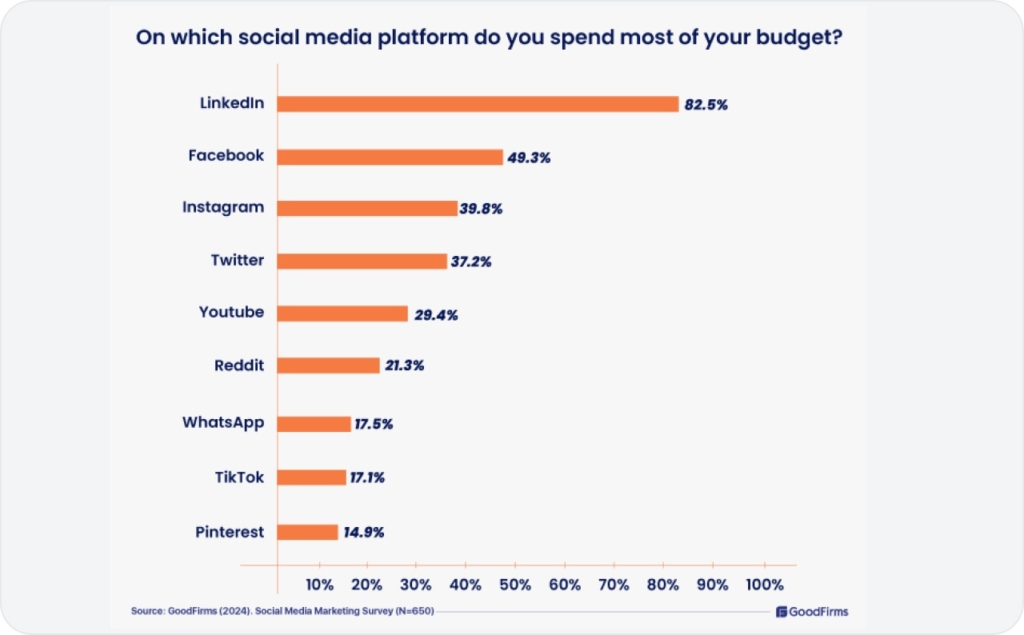
Photo source: GoodFirms
Texture & detail shot hooks
Sometimes, the most persuasive aspect of your product lies in the tiniest detail. Texture hooks zoom in on surfaces, materials, or ingredients so viewers can almost feel or taste the product through the screen.
Starbucks excels at showing steamed milk in macro detail, creating an instant craving for that exact latte. These close-ups typically earn about 20% higher engagement than standard product shots, thanks to their immersive quality.
This method suits food, fashion, cosmetics, or anything with visually appealing attributes. The challenge is keeping it fresh. If you rely too heavily on slow motion or repeat the same camera angles, the novelty wears off.
Instead, experiment with different camera moves, lighting setups, or background colors. A well-executed texture shot not only highlights your product’s finer points but also forges a powerful emotional link — viewers experience the product’s essence in a sensory way that feels personal and immediate.
Create UGC hooks that really work: A simple guide
You’ve seen what types of hooks work. Now it’s time to get tactical. Crafting AI UGC that truly engage your audience isn’t about throwing ideas at the wall — it’s about following proven strategies that balance authenticity with smart creative execution.
In a world where viewers make split-second decisions, you need your hooks to feel raw enough to be relatable but strategic enough to drive action. Here’s your creative blueprint for building openers that grab attention, boost engagement, and move audiences closer to conversion.
Know your goal before you start
Before you record anything, decide what you want your hook to accomplish. Are you aiming for clicks, higher watch times, or a stronger emotional connection?
Your creative choices should align with that goal. When your purpose is clear, you’ll see better results across key performance metrics like click-through rates and viewer retention.
Stay authentic, then polish up
In user-generated content, authenticity wins. That doesn’t mean your videos can’t align with your brand voice. Imagine filming a casual video in a cozy kitchen then lightly editing for clarity, like improved audio or stable framing. That balance helps you keep the raw appeal that viewers trust, yet still represent your brand in a consistent way.
Common pitfall: Overly staged intros. If your first few seconds scream “corporate ad,” viewers sense the disconnect and swipe away.
Grab viewers in the first 3 seconds
You have 1–3 seconds to impress, so front-load the payoff. Whether it’s a stunning visual or a provocative question, don’t make viewers wait.
For total video length, consider that under 30 seconds often performs best on quick-swipe platforms. Shorter videos force you to be concise, but that also means each second has to count.
Try different versions and keep it fresh
No matter how solid your concept is, A/B testing can reveal surprises. Try different intro lines, angles, or CTA timings. Use platform-native tools — like Meta Ads Manager or TikTok Creative Center — to measure which variant leads to better 3-second view retention, watch duration, and post engagement.
As a rule of thumb, refresh or rotate your hooks every 2–4 weeks or after major campaigns. This prevents creative fatigue, keeps your content fresh, and maintains momentum with returning viewers.
Pick a CTA that flows naturally
Your call-to-action should feel like a natural extension of your story. A common bad CTA is a blunt “BUY NOW OR MISS OUT,” which can feel pushy and off-putting. By contrast, a good CTA might say: “Enjoyed this tip? Hit ‘Save’ so you don’t forget!” or “Ready for the next step? Check out the link in my bio.”
Soft cues often perform better because they match the viewer’s mindset — especially when placed right after a big reveal or a problem-solution moment.
Give your hooks time to prove themselves
Optimizing UGC hooks can deliver a noticeable lift in CTR and viewer engagement, but don’t expect overnight miracles. In many cases, you’ll see modest but steady gains within a few days to a couple of weeks, especially once you iterate based on your first round of data. Long-term consistency often beats short bursts of performance.
When your UGC hooks feel organic yet precise, you do more than grab attention — you build loyalty and drive conversions. By setting clear goals, layering polish without losing authenticity, and regularly testing new angles, you’ll stay ahead of the curve in a competitive social space.
Next, we’ll dive deeper into how to test and optimize each hook variant for maximum impact, showing you the data-driven tactics that transform an okay video into a standout performance piece.
Boost your UGC hooks on TikTok, Instagram Reels, and YouTube Shorts
Creating a great UGC hook is only half the battle — you also need to customize it for the platform where your audience is hanging out. TikTok, Instagram Reels, and YouTube Shorts each have their own style, user habits, and creative rules. If you don’t match your hook to the platform’s vibe, you risk losing viewers before they even see your offer.
According to Forrester, marketers will shift 10% of their performance media budgets into social commerce — and short-form video is a major part of that shift.
Mastering platform-specific hooks can make the difference between a passerby and a paying customer, because the right opener dramatically boosts both visibility and conversions in social commerce feeds.
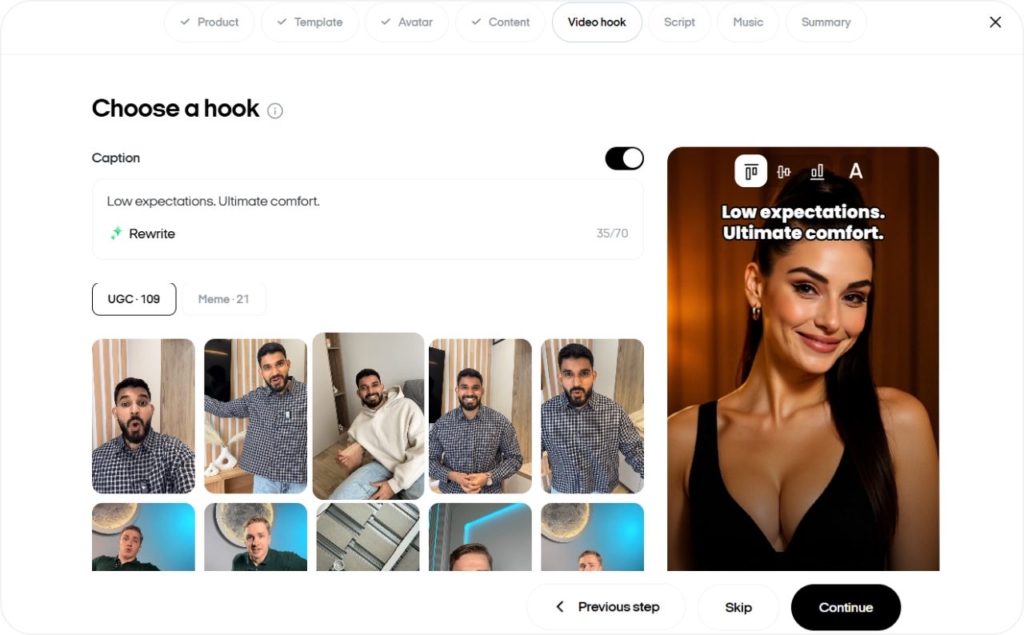
Catch TikTok viewers with trends and fast cuts
On TikTok, speed and authenticity matter most. You need to hook your audience within 1-2 seconds using bold visuals, trending audio, or a quick surprise. Short attention spans mean you can’t waste time — start strong with a rapid visual change or a relatable voiceover. Try jump cuts or quick zoom-ins to energize those opening moments.
Features like stitch and duet let you build off existing content, giving your video a native boost in TikTok’s algorithm. Lean into viral hashtag challenges or funny audio trends to fit naturally into the user’s For You Page feed. Keeping your edits fast and your content culturally relevant will make your hooks feel native to TikTok — and much more likely to land.
Make Instagram Reels stand out with smooth transitions
On Instagram Reels, a little more polish goes a long way. Viewers still want authenticity, but they expect it wrapped in clean visuals, trendy filters, and stylish text overlays.
To stop the scroll here, open with a big, clear hook text layered right over the first frame — something like, “Stop doing this one thing wrong” or “Here’s how I tripled my sales.”
Using smooth transitions between scenes, upbeat background music, and creative filters makes your Reels feel fun but slightly more curated than TikTok.
Jumping on trending Reel sounds or remixing popular templates can also boost your discoverability within the Instagram algorithm. Fast-paced visuals still matter, but Instagram users appreciate a bit of aesthetic effort. Match your brand colors where possible to create a cohesive look without making it feel staged.
Keep YouTube Shorts viewers hooked with teasers and soft CTAs
YouTube Shorts give you a few more seconds to work with — but you still need to capture attention quickly. Shorts viewers expect more substance, so your hook can unfold over 3–5 seconds rather than instantly. Remember: YouTube Shorts favors videos that maintain viewer retention to the end — strong early hooks and mid-video teasers help boost your algorithm ranking.
Great strategies include starting with a teaser line like, “Wait until you see the ending…” while showing an action or setup. Use subtle call-to-action prompts inside the video to encourage longer engagement, such as, “Subscribe for the full guide” or “Check out my channel for more.”
Cliffhangers and problem-solving intros work well because YouTube’s algorithm loves higher retention rates. If you can create anticipation and deliver a small win within seconds, viewers are more likely to reward you with a like, a comment, or even a subscription.
If you hook viewers early and nudge them toward your longer content or a channel subscription, you’ll build lasting engagement beyond the short itself.
How you can test and improve your UGC hooks
Even the best-looking hook needs real-world testing to prove it works. If you want to keep your audience engaged — and keep improving your content — you need a clear, easy-to-follow plan for testing and refining your hooks via UGC creators.
Here’s how you can test, track, and optimize your video hooks step-by-step to get the best engagement possible.
Which KPI should you focus on?
Before you begin any A/B testing, decide which performance metric best reflects your desired outcome. If your goal is brand awareness, focus on watch time or view-through rates. For lead generation, track click-through rates or conversion data like sign-ups and downloads.
If you’re aiming for community engagement, look at likes, comments, or shares to see how involved your audience really is. Once you know your main goal, you’ll measure what truly matters for your UGC hook performance — so you won’t get lost in irrelevant stats.
Start with just one variable
Focus on one variable at a time — like your first three seconds of visuals, your opening spoken line, or where you place the CTA. Testing too many things at once makes it hard to tell what really caused the result. A small shift in color scheme or phrasing can change everything, so keep your tests laser-focused.
Use a simple spreadsheet or notes app to track:
- Hook variant name
- Date/time posted
- Primary KPI
- Results
By writing everything down, you’ll avoid confusion about which tweaks you made and how each test worked out.
Get enough data before you decide
To get reliable data, you need enough views or engagement on each variant. As a rule of thumb, aim for at least 100–200 views per version before drawing conclusions. If your account is smaller, you may need to run the test longer to gather enough data. Bigger accounts can often see trends in just a few days.
If your test results end up inconclusive, try tweaking your variable a bit more or combining elements from both versions. Sometimes, you need a fresh angle or a bigger sample to see real differences.
Do A/B testing the right way
Once you’ve picked your single test variable, follow these steps:
- Create two or three hook variants with slight changes
- Publish them with the same target audience, at the same time of day
- Keep everything else consistent
- Watch your KPIs closely — especially in the first 48–72 hours
Use tools like Meta Ads Manager, TikTok Creative Center, or YouTube Studio to track how each version performs. If you want more control beyond platform apps, Google Optimize is a simple, free tool you can try. Keep an eye on:
- 3-second view retention
- Average watch time
- Post saves and shares
- Engagement rate
If one version consistently outperforms the others, you’ve found a stronger opener. But remember — sometimes no single element stands out, and you need further iteration.
Keep tweaking your hooks every few weeks
Hook optimization isn’t a one-time thing. Plan to iterate every few weeks based on your test results. For instance, if Version A beats Version B in watch time, keep Version A but tweak the visuals slightly — like changing your first three words or altering the opening transition — and test again.
This iterative improvement model helps you stay competitive as audience behavior shifts. Over time, you’ll notice which style, energy, or pacing your viewers prefer. Small creative changes, tested and refined regularly, often lead to the biggest wins.
Finish your UGC hooks strong: Final tips and next steps
You’ve explored UGC hooks in depth — choosing the right platform, crafting openers, testing variations, and more. Let’s finalize your plan with the most important tips and a clear path forward.
Take these steps in the right order
- Pick one primary metric before you start
- Focus on 1–3 seconds of impact. Keep it authentic but polished enough to match your brand
- If you’re tweaking the first line, don’t also change the video length. Use a simple spreadsheet or free tracker to log your experiments
- Gather at least 100–200 views on each variant if possible. Smaller accounts may need more time to see clear data
Your quick challenge to start testing
Ready to put this guide into action? Create a 15-second video for TikTok, Reels, or Shorts with a bold question or surprising visual in the first second. Post it at your best time, then log the results. Adjust one element next week — maybe the opening text or background music — and watch how your metrics evolve.
Give each version 2–4 weeks for real data, depending on your audience size. You don’t have to hit perfection on day one — small steps lead to big wins.
Why consistency and curiosity matter for you
Short-form video and social commerce keep evolving, and your hooks will become even more crucial as features like live shopping or AI-generated clips expand. Staying curious, adapting quickly, and tracking what works all combine to build a loyal, engaged audience.
If your first few tests flop, don’t sweat it — every experiment adds to your knowledge. Keep experimenting, keep learning, and keep moving toward the UGC hooks that drive the biggest impact for your brand. You’ve got this!
Also recommended
